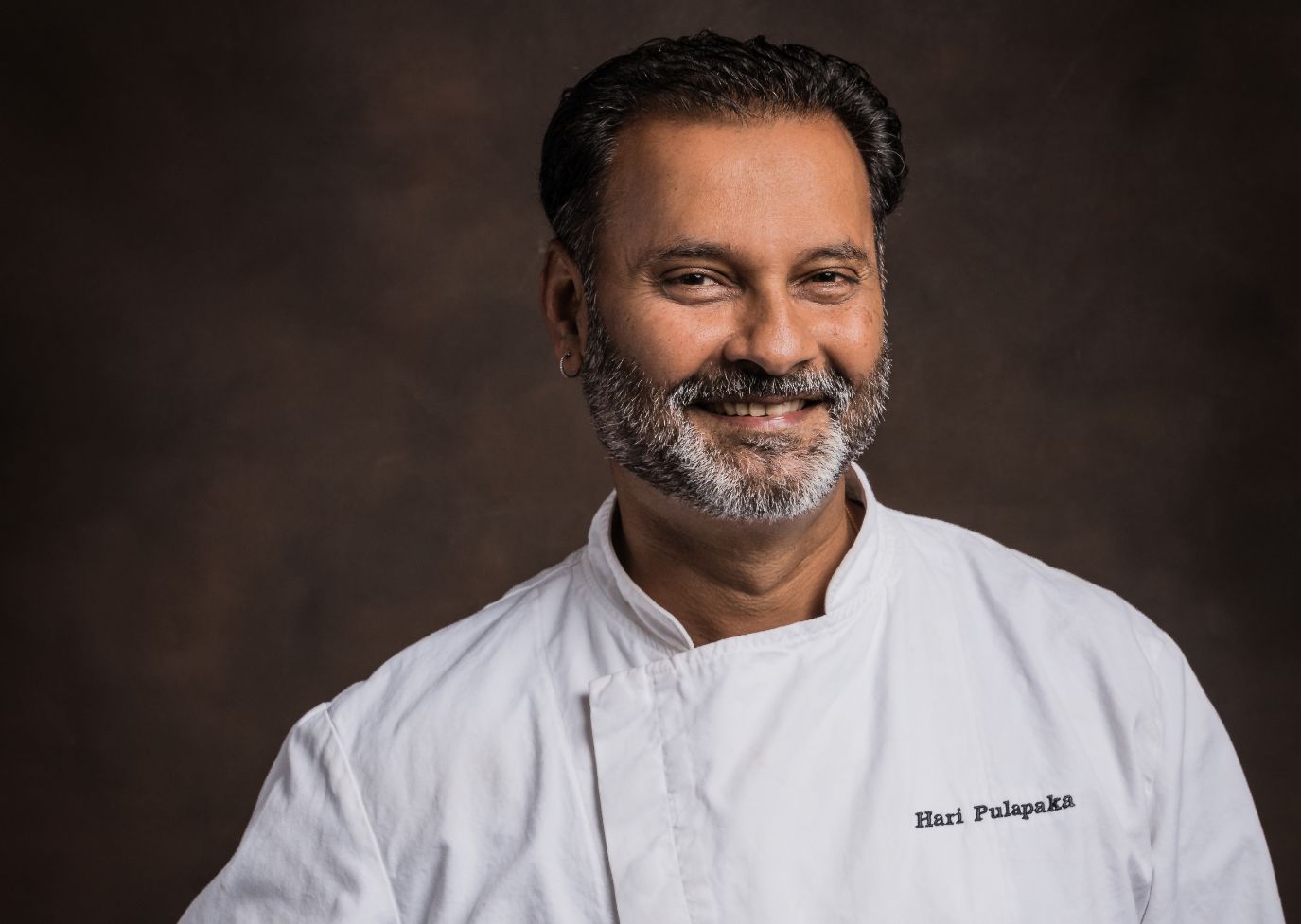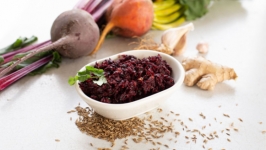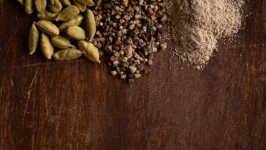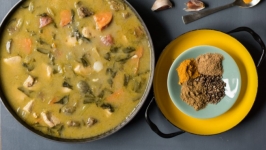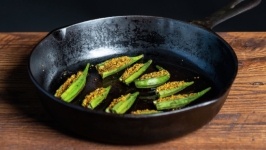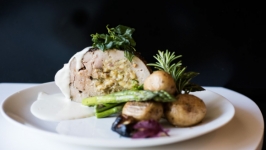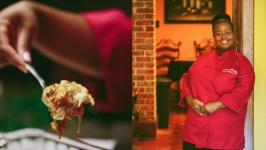In the Kitchen with Chef Hari Pulapaka
Chef Hari Pulapaka was born and raised in Mumbai, India, and his exposure to cooking started at a young age. Both his parents cooked family meals, and as a child Pulapaka would help them by shopping for produce from the local market, picking up early morning milk quotas for the family and stirring pots or roasting chapatis in the kitchen. He came to the United States in 1987 to pursue a graduate education and professional career in mathematics, eventually becoming an associate professor at Stetson University.
In 2004, in response to a professional midlife crisis, he enrolled full-time in culinary school while continuing his academic career. In 2008, Pulapaka added professional chef and restaurateur to his resume when he and his wife Jenneffer opened Cress Restaurant in Deland. Among his many accolades, Pulapaka has been a four-time semifinalist for a James Beard Best Chef award. He joins the lineup of the 2022 St. Augustine Food & Wine Festival as a participating chef at the World Golf Hall of Fame Winemaker’s Dinner.
From an early age, the chef became familiar with a wide assortment of spices and their uses in the kitchen. Everyday meals were simple and included a minimal list of spices such as cumin, coriander, mustard, turmeric, asafetida, red chile powder, black pepper and curry leaves. On special occasions, dishes became more elaborate with the use of cardamom, clove, cinnamon, fenugreek, saffron, bay leaves, mace, dried fruit, nuts and many other luxurious ingredients.
Hoping to teach others how to cook more flavorful vegetarian food, Pulapaka tapped his vast knowledge of spices for his second cookbook, Dreaming in Spice – A Sinfully Vegetarian Odyssey.“There is spicy food, and there is pungent food. To say that one doesn’t like spicy food would mean that one couldn’t enjoy apple pie with its hints of cinnamon, cloves and other seasonings,” says Pulapaka. “Take your taste buds beyond the stereotypes and discover that not all Indian food uses spices or is pungent (as in “hot”). If you’ve ever had an anapkai kura (bottle gourd relish) with pesarattu (green gram crêpe) from Andhra Pradesh, a region known for its pungent and bold flavors, it will be apparent that for every stereotype, one can find a shattering counterexample.”
“Proximity and access to thriving farmers’ markets means the harvests challenge our imagination with a multitude of fresh and seasonal ingredients,” says Pulapaka. “Spices lift up a dish when used correctly and at the right time. Just as herbs range from gentle (basil, chervil, tarragon, dill, parsley, cilantro) to strong (rosemary, thyme, oregano), spices range from gentle (bay leaves, turmeric) to strong (cumin, coriander, fenugreek). However, too much of anything can ruin a dish (except perhaps garlic) just as too little can be underwhelming.”
Interested in obtaining a copy of Dreaming in Spice? Visit dreaminginspice.com and use this promo code exclusive to Edible readers for 30% off: DREAMING2022.


